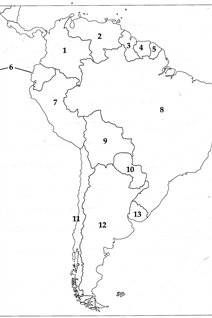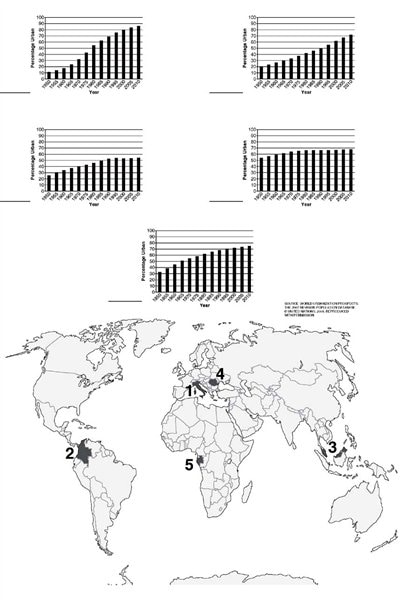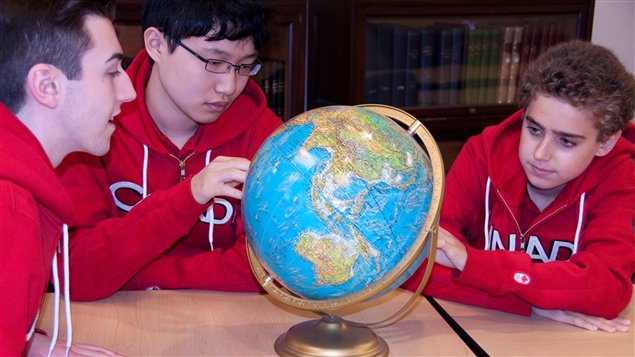Like any world championship where one faces off against the best and brightest of other countries in a particular subject, this is a tough competition.
Every two years, National Geographic sponsors the World Geography Championship.
But it’s not merely knowing the names of geographical features or countries, or capitals around the world. Competitors also have to know cultural, social, economic and political aspects associated with geographical areas.
Beth Dye, is coach and chaperon of team Canada, and is an executive on the Board of Governors with the Royal Canadian Geographical Society which sponsors the Canadian teams.
ListenThis year the competition will be held in St Petersburg, Russia from July 28 -31.
Sample question in preliminary Canadian competition: The Inca site of Machu Picchu is located in country: A)-7 , B)-9, C)-11, D)-6
(*answer at bottom) (if you get this one, then try the another “International level” question at bottom below the links)

The Canadian team members are Kyle Richardson, 16, of Kitchener, Ontario, along with Jacob Burnley, 15, of Nanaimo, British Columbia, and Spencer Zhao of Toronto, Ontario.
Team members have to pass through several levels of competition at school, regional, provincial and national events before making it to the national team. Team members must be no older than 16, and still be in school.
Ms. Beth Dye, who has been the Canadian coach on five such international competitions, says that Canadian members have always done extremely well, placing in the top three at every event, except one, and winning gold in 1997 and 2009.
On the first day of competition, teams work together on a written test, then again as a team in a geography skills-testing activity, such as using a map to find specified locations in unfamiliar surroundings. The scores from these two events are tallied, and the top three teams advance to the final round. On day two questions are asked of teams or individuals similar to quiz game show format. These questions may also involve the use of visual aids such as maps or photographs.
The teams are then awarded gold, bronze or silver medals for the scores. There is no prize money, and as Beth Dye says, “it’s for the prestige”.
This year 18 teams will begin the competition, including a team from the current title holder Russia, as well as the USA, Australia, Bugaria, India, China, and others
*answer A-7 (Peru)
Royal Canadian Geographical Society
National Geographic press release on World Competition
Sample National Geographic World Competition question from 2011 ... Match the graphs showing urbanization over time with the countries highlighted on the map by writing the number of the country on the line next to its corresponding graph. You will receive 1 point for each correct response, for a maximum of 5 points. (Please note, some information refers to locations where national status or boundaries have changed over time.)








For reasons beyond our control, and for an undetermined period of time, our comment section is now closed. However, our social networks remain open to your contributions.